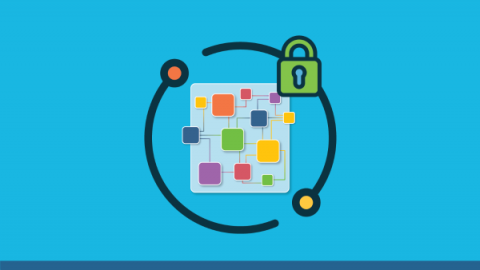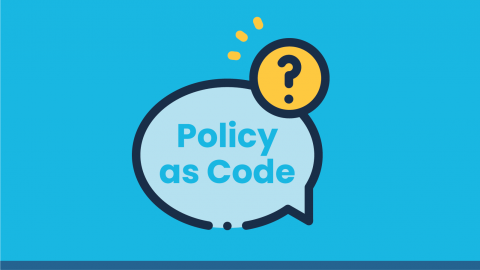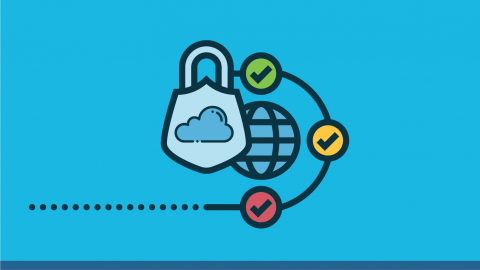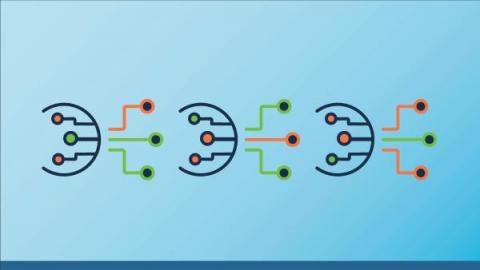Meeting PCI DSS Compliance with Styra DAS + Kubernetes
DevOps and platform teams are more strained than ever, and as a result, need better tools than ever. These teams are required to develop, provide access to, and secure a number of resources — while remaining good stewards to application developers. Beyond that, they are often tasked with overseeing their organization’s shift to the cloud. And as that shift takes place, DevOps teams will need to shift their compliance standards to the cloud.










